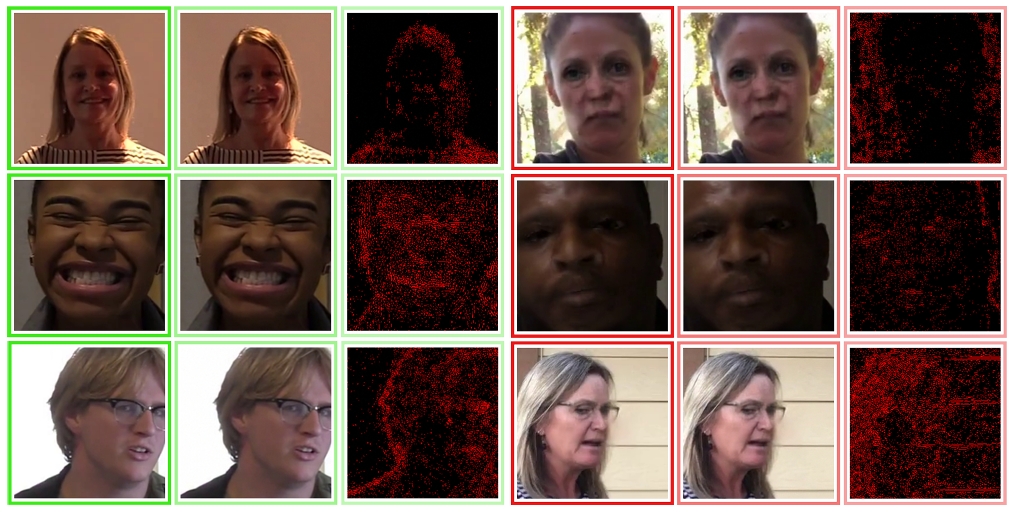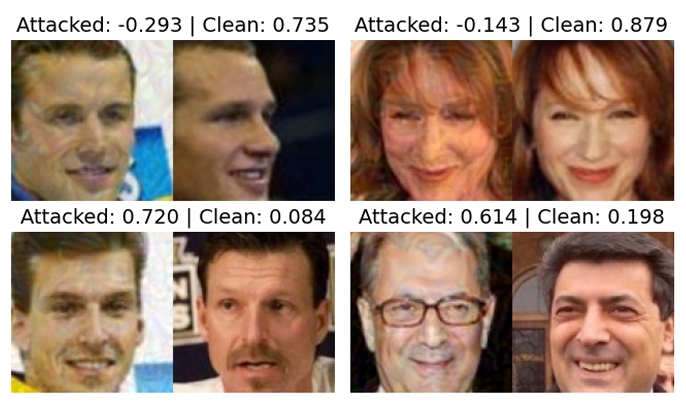
On the Use of Implicit Representations for Deepfake Detection - DC


Featured in:
Doctoral Consortium of the 12th Iberian Conference on Pattern Recognition and Image Analysis (IbPRIA 2025)
Authors:
Miguel Leão; Nuno Gonçalves
The developments in home computers, united with the thousands upon thousands of images/videos of individuals present on the Internet, allowed for the proliferation of deepfaked media affecting the lives of private individuals and the dangerous spread of misinformation. Current state-of-the art detection methods show impressive results. However the development of improved generation methods overcomes them, as there are generalization difficulties.
Following the logic of forensic approaches in both the color and frequency space, this work investigates the use of the implicit space in the problem of deepfake detection. Implicit representations have recently offered new research avenues for image analysis, translating a scene usually in a coordinates-based representation, that allows for detailed reconstructions of the original. Using Sinusoidal Representation Networks (SIRENs) the video frames of the Deepfake Detection Challenge Dataset (DFDC) were translated to the implicit space and analyzed.
This work uses Fréchet Video Distance (FVD) between the original DFDC videos and their respective SIREN reconstruction, to show a significant difference in the average FVDs of the bonafide and deepfake pairs. We expect that this work might open new avenues of research for the deepfake detection problem.


© 2024 VISTeam | Made by Black Monster Media

Institute of Systems and Robotics Department of Electrical and Computers Engineering University of Coimbra